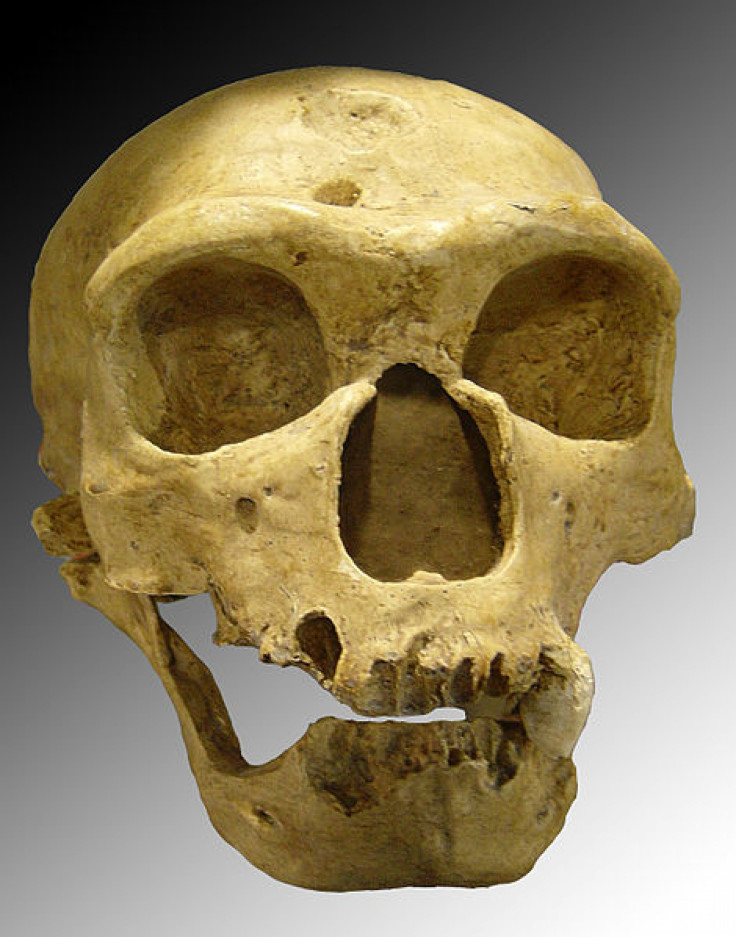‘Mystery’ Human, Revealed In New Genome Sequence, Shows Interbreeding Among Ancient Hominid Species

Fresh DNA analysis of an extinct Paleolithic-era subspecies of Homo sapiens called Denisovan, whose remains were discovered in Siberia in 2010, shows that prehistoric varieties of humans interbred more frequently than previously thought. Additionally, the new study reveals a “mystery” species of early humans. According to New Scientist, the genome of the ancient Denisovans contained strange bits of DNA that have yet to be identified.
Previous studies have found that Denisovans and Neanderthals were cousins, but their ancestors split apart some 400,000 years ago. After David Reich, a geneticist and professor at Harvard Medical School, took a second look at the Denisovan DNA, he found that 1 percent of the Denisovan genome looked much older than the rest of the DNA. Reich presented his findings at a Royal Society meeting in London on Monday.
"Denisovans harbor ancestry from an unknown archaic population, unrelated to Neanderthals,” Reich said during the meeting. “Denisovans appear more distinct from modern humans than Neanderthals."
According to Nature, previous studies of the ancient Denisovan and Neanderthal genomes were “riddled with errors.” Reich and his team reportedly produced much more complete versions of both genomes.
“What it begins to suggest is that we’re looking at a ‘Lord of the Rings’-type world — that there were many hominid populations,” Mark Thomas, an evolutionary geneticist at University College London who was at the Royal Society meeting, told Nature.
The new analysis suggests that the Denisovan population interbred with Neanderthals and with other ancient human ancestors of people who now live in East Asia. But the mystery DNA Reich discovered points to another extinct population of humans that lived in Asia some 30,000 years ago.
While it’s possible that the mystery DNA is something entirely new, it could also belong to an already known species of human. According to New Scientist, there’s a chance the mystery DNA could actually belong to Homo heidelbergensis, or even Homo erectus, for which genetic analysis is scarce.
© Copyright IBTimes 2024. All rights reserved.












